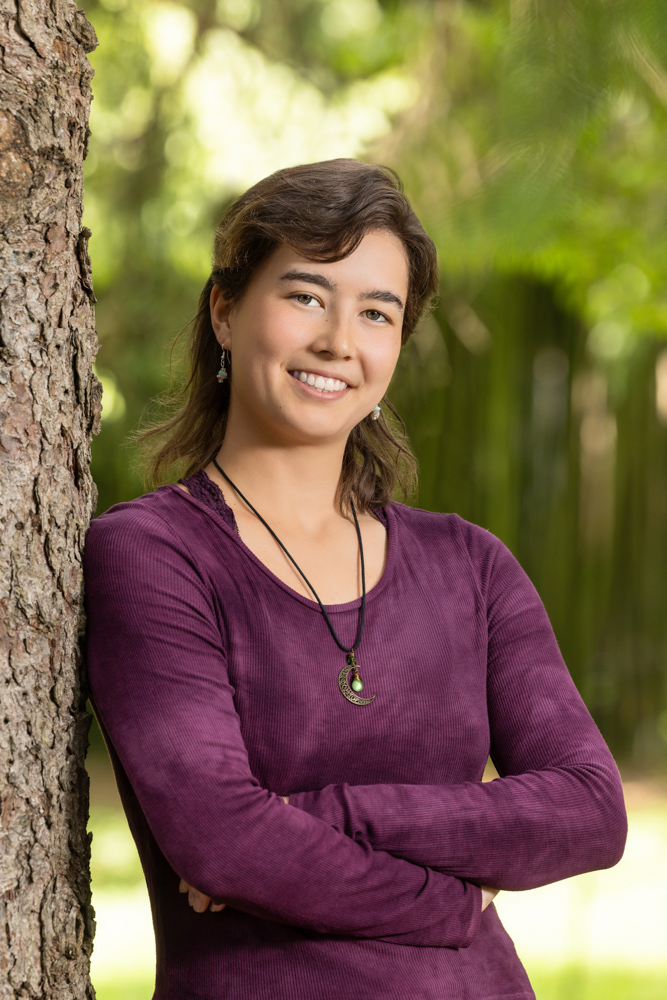How to Decide What to Include in Your 60 Second World of 8 Billion Video
For the World of 8 Billion video contest, you have 60 seconds to share your message. Whether that seems like a ton of time, or barely enough, it will require you to be thoughtful with what you include in the film.
This blog will help you figure out what to put in your 60 second video so you can start creating with ease! Here’s what you can consider including:
1. Hook Viewers
Start your video off with a hook to grab the attention of viewers. Make a bold statement, share a surprising statistic, start off with a joke, perform a short skit, or ask a thought-provoking question!
With 20% of the total score based on your ability to convey how human population growth impacts your chosen topic, consider finding an interesting way to expand on this information with your hook.
Questions to consider:
- What’s my personal connection or interest in this topic?
- What is the emotion or feeling I want to leave viewers with?
- What is the tone of my video? Do I want to be serious, or use humor, in my message?
2. A Clear Message
In the context of the World of 8 Billion, there is a lot of information on each global topic (ex: Rainforest Ecosystems), which is why we suggest focusing on a subtopic (ex: Deforestation).
You’ll want to think about why your topic is important, what you want people to know, and why they should care. The “So What” approach to developing a message calls for the writer to ask themselves that question after each point to determine whether it’s relevant in the context of building the story. This in turn helps the audience understand why the information is important and keeps their attention focused.
Questions to consider:
- What knowledge do I want my audience to take away from this video?
- What structure or style do I want to use to present the information?
- Narrative, fictional story, newscaster report,
- Are the facts and statistics I included all relevant to my topic, and do they help to build the narrative?
- What information surprised me the most?
- Which facts made me want to take action or learn more?
TIP: Make sure to fact check and cite all your sources! Videos could be disqualified if information is inaccurate or not cited.
3. Creative Elements in Your Video
Think about some of your favorite books, movies, or TV shows. In order to make something stand out in your memory, there is an element that sets them apart from the rest. It could be a quote, a lesson learned, a song, a beautiful scene, a line of humor, or even the way footage was edited. There are many ways to introduce creative elements into your video to make it stand out.
Perhaps you’ll make a miniature world out of Playdough or LEGOs, or use stop motion or animation. Or you might create original art for your video, incorporate mixed-media, Flip-A-Clip, collages, or timelapse. You could also recruit friends and family members – they can serve as actors to play out scenes, play music, or sing an original song.
Questions to consider:
- How can I use my strengths or other talents while filming and editing a video?
- Do I have hobbies or interests that I can use in the process of storytelling to aid my narrative?
- Do I have time and motivation to learn a new skill/technique or do I want to stick with a format I am more comfortable and knowledgeable on?
4. A Powerful Call to Action
At the end of your video, you’ll share your idea for a sustainable solution, which can be existing or something you design. Videos that simply state a solution or give no solution will score lower on the judging rubric than videos that go in-depth on how their solution could be implemented. Thinking about how you would want people to take action in your own community is a great start to coming up with a solution to your issue.
Questions to consider:
- How will my solution be implemented?
- Who will be impacted by my solution?
- How can I ensure that it is sustainable?
5. Strong Visuals and Sound
Strong visuals and background music help keep the viewer engaged and interested. They can also add information that you weren’t able to fit into your script by illustrating what isn’t explicitly said. “Show, don’t tell” is a phrase often used to encourage a writer to convey meaning through actions, words, or sensory details rather than explicitly describing them.
Choose background music that complements the tone of your video, and don’t forget to balance the sound so it isn’t overpowering. Remember to speak slowly and clearly so the audience understands your message.
Check out this resource to find royalty free audio and images for your video.
Questions to consider:
- How does the background music enhance the emotional tone of your visuals?
- Does the sound complement or contrast with the visuals to tell your story?
- How balanced are the dialogue, music, and sound effects to maintain clarity?
There are many ways to plan out a video for the World of 8 Billion, and we encourage you to get creative and come up with new ideas! To recap, we suggest starting with a captivating hook, making sure you have a clear message, a call to action at the end, strong sound and visuals and your own creative ideas! Don’t forget to reference the judging rubric as you plan your video to make sure it’s on the right track. Happy filming!
Image Credits (for blog thumbnail) – Students working together in classroom (2013-01-26 Education Rainbow Challenge 238 by dynamojon is licensed under CC BY-SA 2.0)







